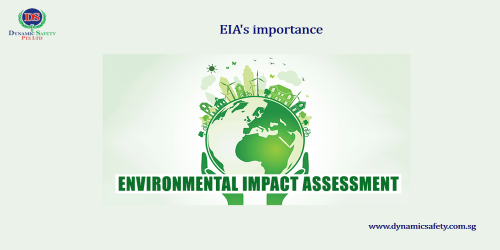



Blog
EIA's importance

1. EIAs are more than just technical reports; they serve a larger purpose of protecting and improving the environment.
2. Environmental impact assessment involves identifying and evaluating how activities (primarily human) affect the natural and social environment. It uses a variety of approaches as appropriate to the problem, instead of a single specific analytical method or technique.
3. In addition, EIA is not a science, but it incorporates a number of sciences in a wide-ranging manner.Evaluation of phenomena and relationships in a cross-disciplinary manner.
4. EIAs should not be viewed as a tacked-on component of projects, but should be considered a necessary part of the planning process. In order for its costs to be considered an important part of planning, they should not be considered an add-on.
5. However, even though EIA cannot make decisions, its findings should be considered in policy and decision-making, and they should be incorporated into final decisions. In this sense, it belongs in the decision-making process.
Dynamic safety Pte Ltd provides consultancy services to guide your organization through the stages of development, implementation and trial audit.

